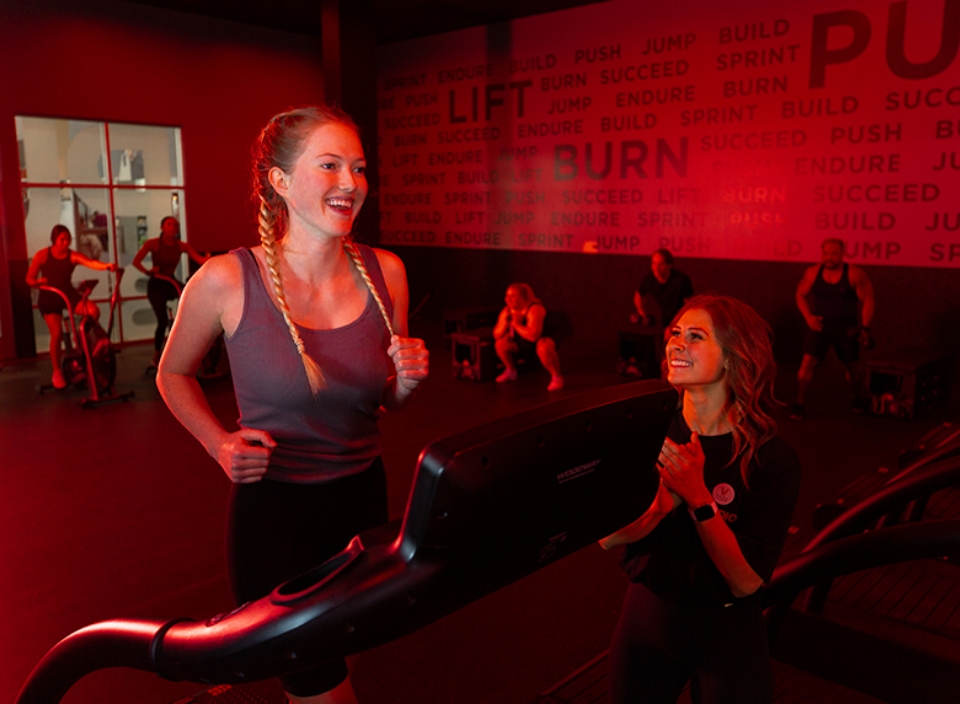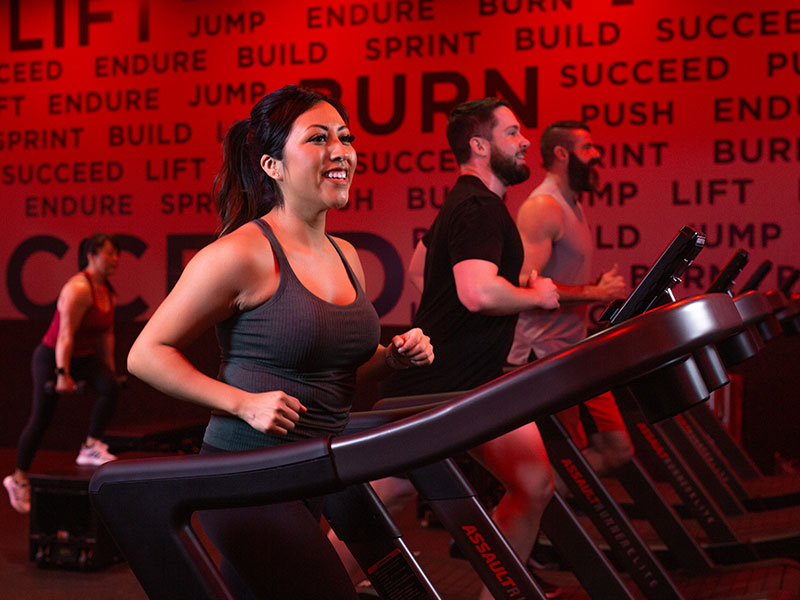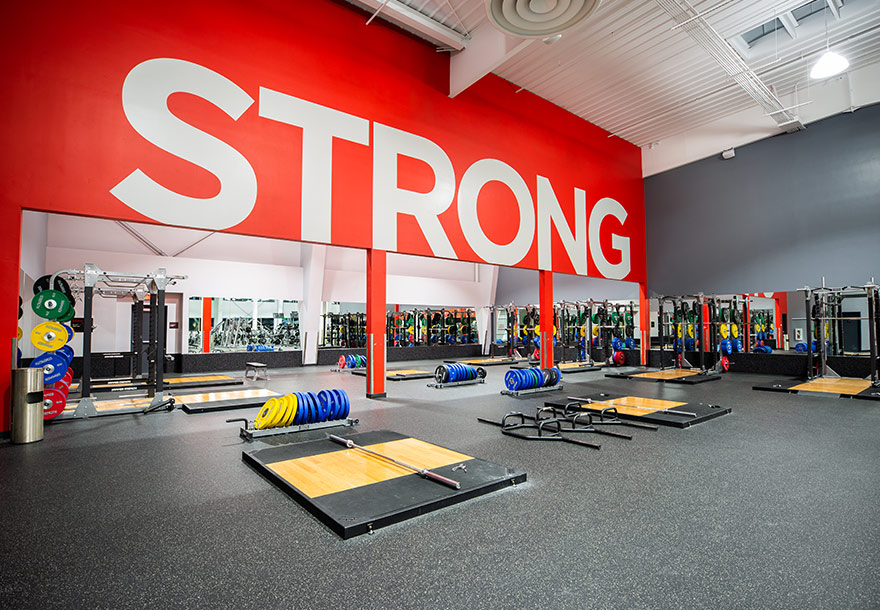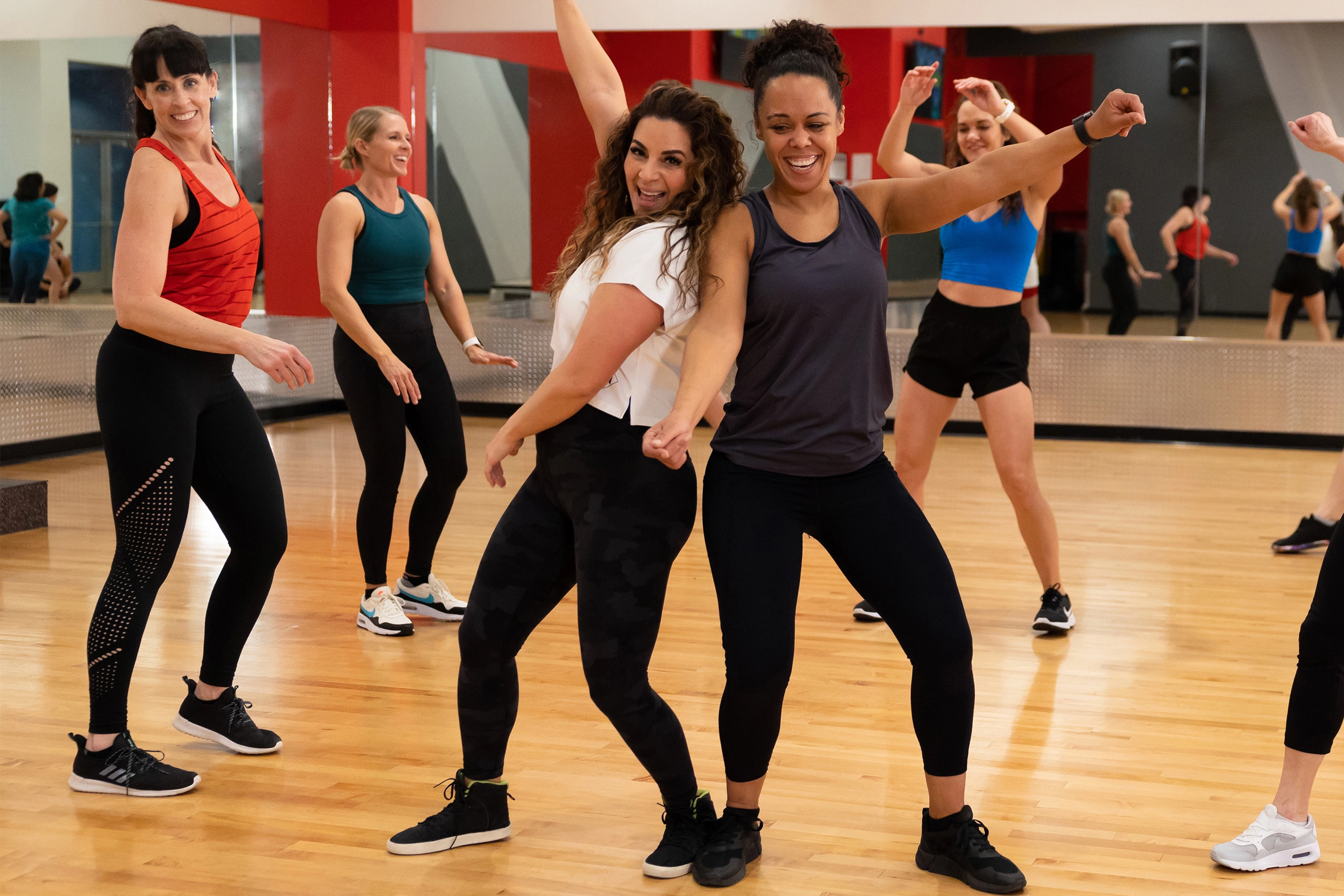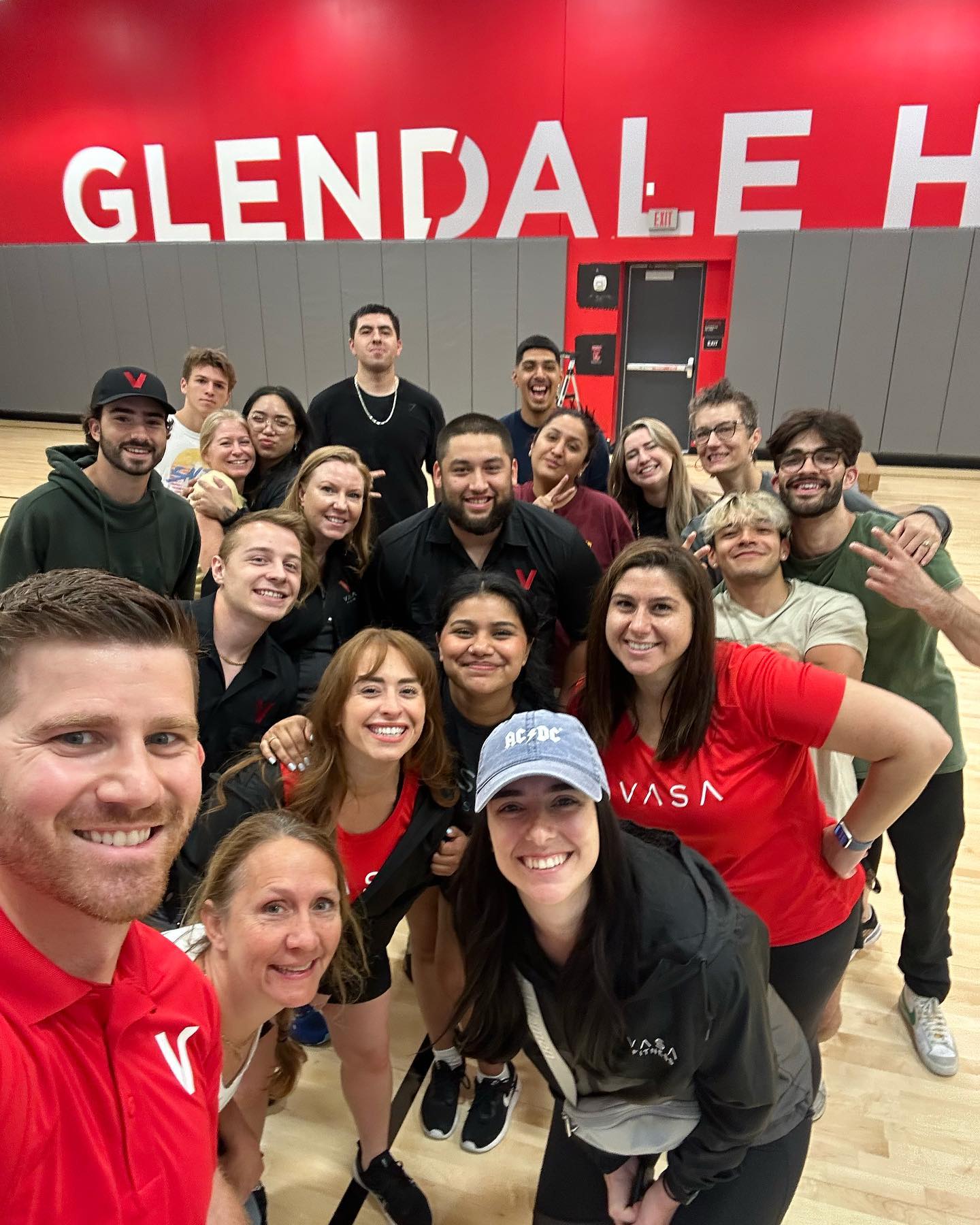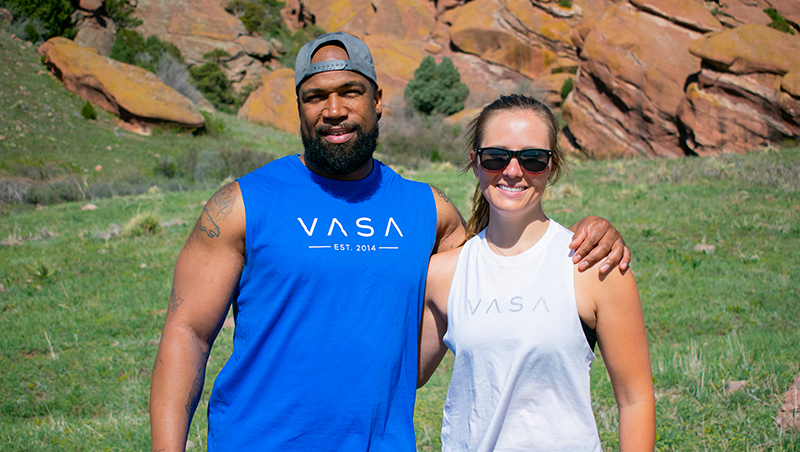8 Ways to Measure Fitness Success This Spring
It’s important to track your progress in the gym to make sure you’re on the right path to reaching your fitness goals. Here are some ways to measure your progress and ensure your exercise routine aligns with your goals.
- Keep a Workout Journal
It’s important to keep a record of your workouts, whether you prefer using a traditional pen and notebook or a digital journal app. Make sure to jot down the exercises, weights, reps, sets, and any relevant notes after each workout. Even for cardio, track the distance or duration, as well as how quickly your heart rate returns to normal. In a few months, you can review your progress and see how much stronger you’ve become. - Take Progress Photos
It can be difficult to notice changes when you look at yourself in the mirror. One way to track your progress is by taking weekly photos over a few months and comparing them side by side. This can help you see how far you’ve come, even if you can’t see it in the mirror. Make sure to wear the same or similar outfits, use the same lighting, and have similar positions in each photo. - Take Circumference Measurements
Measuring the circumference of your upper arm, waist, hips, or thighs with a tape measure is a great way to track progress, especially when the number on the scale isn’t changing. Make sure to measure at the same spot and at the same time of day, ideally before eating. These measurements can help you see changes in fat and muscle since fat takes up more space under the skin due to its lower density.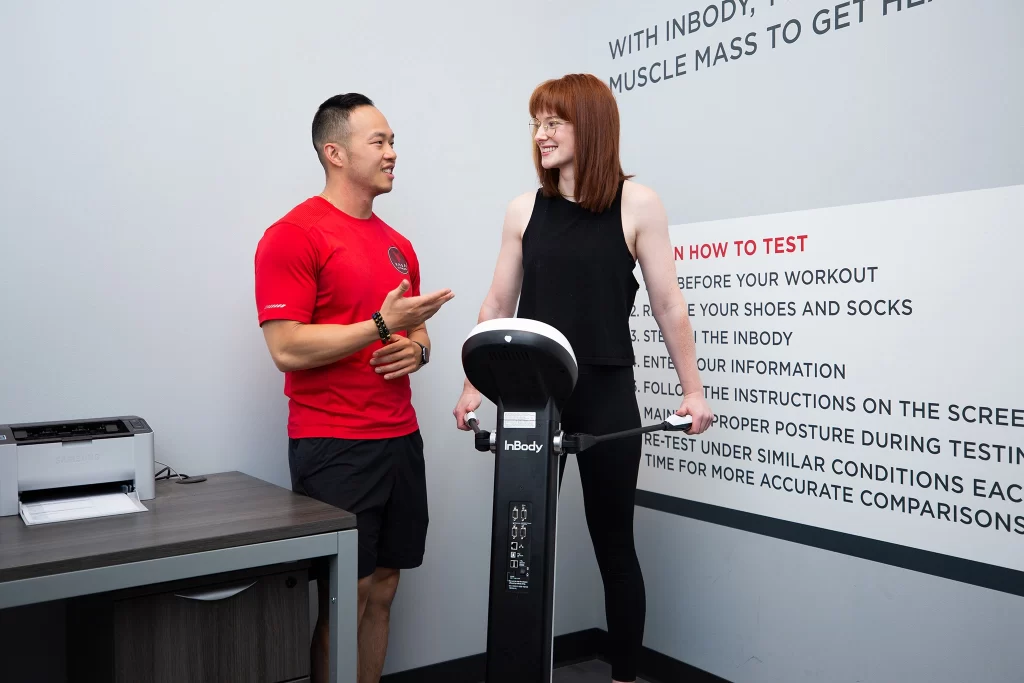
- Step on the Scale
Weighing yourself regularly at the same time of day is helpful for a few reasons. It allows you to track changes in weight and hydration. Your body weight fluctuates throughout the day, and different scales may give different results, making it hard to use the scale for day-to-day changes in weight. However, if you track for long-term changes, you’ll see the difference over a few months. VASA also offers the InBody body composition analysis scale. STUDIO members and Personal Training clients get unlimited access to this scale, which can provide more information on muscle, fat, and water weight than the traditional bathroom scale. - Set Specific Goals in the Gym
Rather than tracking how your body changes over time, you can also track how much weight you’re able to use on things like the squat or bench press. Defining clear goals gives you direction in your workouts and keeps you from focusing too much on getting the scale to move. The more specific the goal, the better you’ll be able to measure your progress over time. - Use Fitness Apps and Wearables
There are numerous apps available that provide workout routines and track your progress. Many of these apps and wearables offer insights and data analysis to optimize your training, ensuring you stay on track. Removing the guesswork of what to do next allows you to focus on completing the workouts and recovering effectively.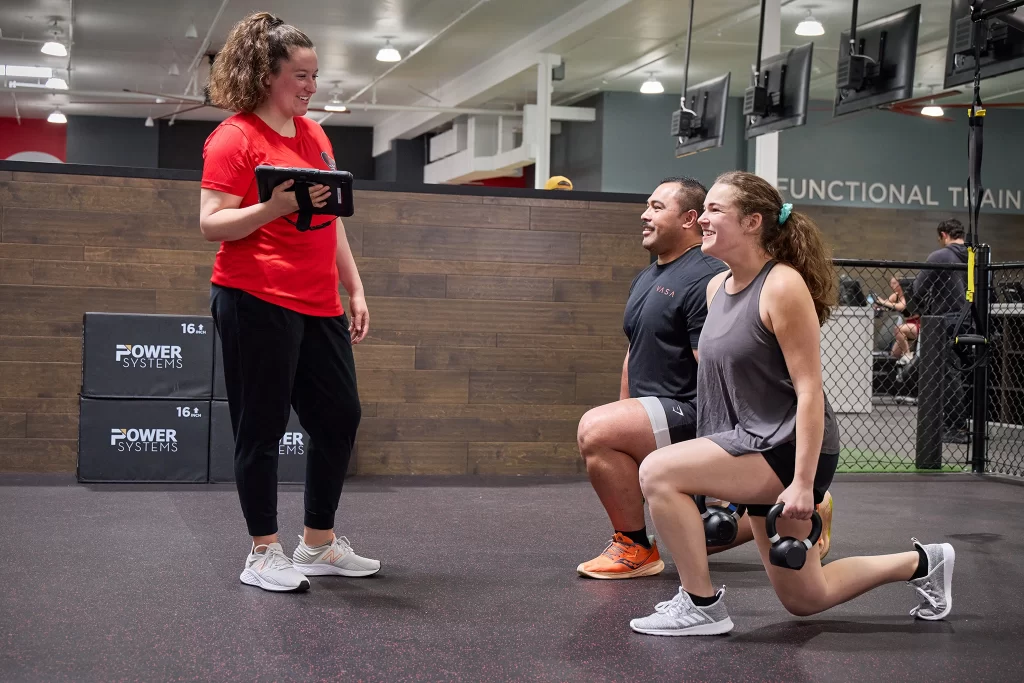
- Schedule Regular Fitness Assessments
You don’t need to work with a personal trainer to assess your fitness. Periodically test your strength, flexibility, body fat percentage, and other metrics to ensure you’re on track to reach your goals. VASA Fitness provides Personal Training Consultations to assist you in establishing your fitness baseline and goals. - Celebrate Milestones
Acknowledge when you reach a small goal or milestone and reward yourself in a healthy way, such as buying new gym clothes or sharing your accomplishments with friends. If it takes you longer than planned to reach a milestone, don’t beat yourself up. You accomplished it, no matter how long it took, and didn’t give up. That’s a win all the way around.
Use one or a combination of these tips to measure your fitness success. Seeing progress will reinforce your great habits, keeping you motivated and in a positive mindset as you tackle each goal you set for yourself.
RECOMMENDED
SUBSCRIBE TO OUR BLOG
Enter your email to start receiving our blog emails!
